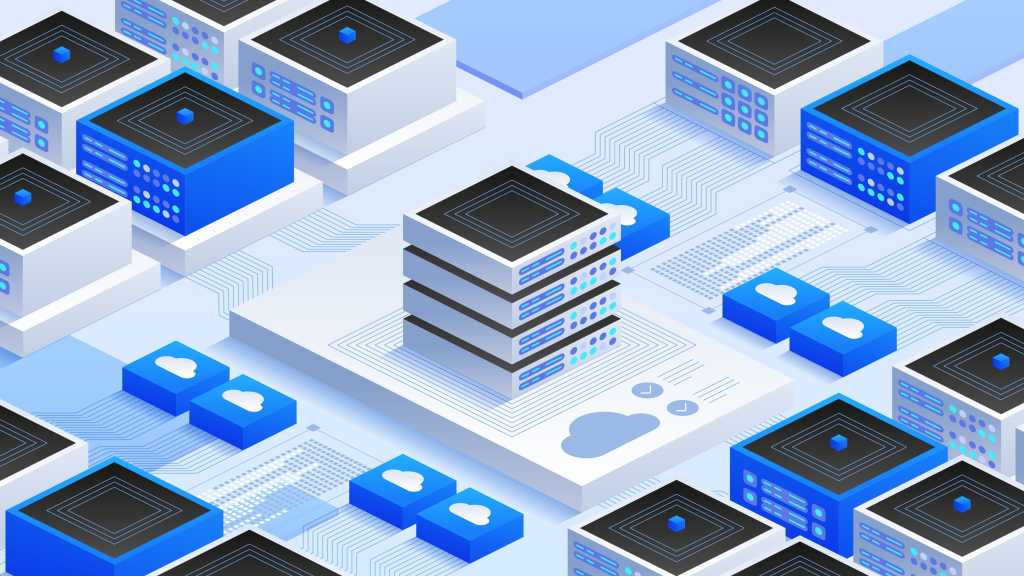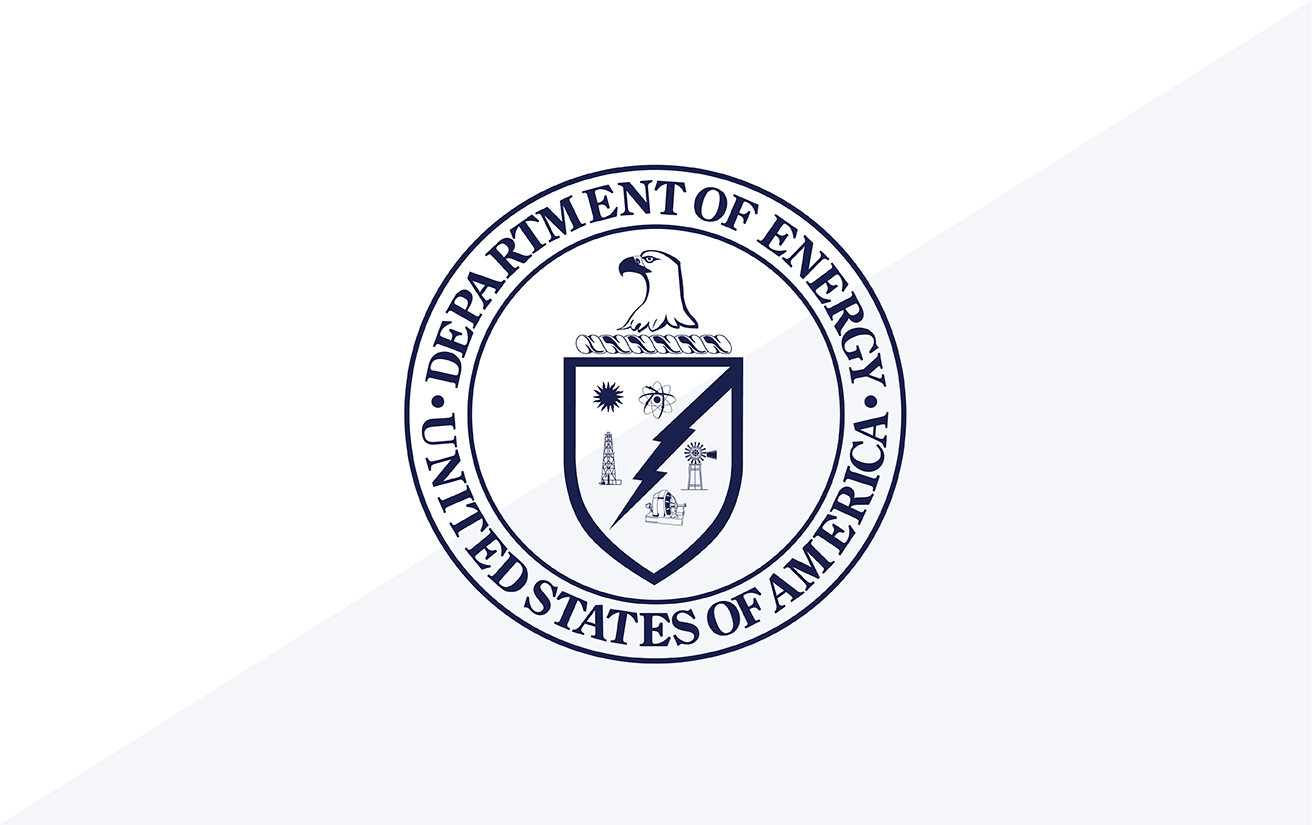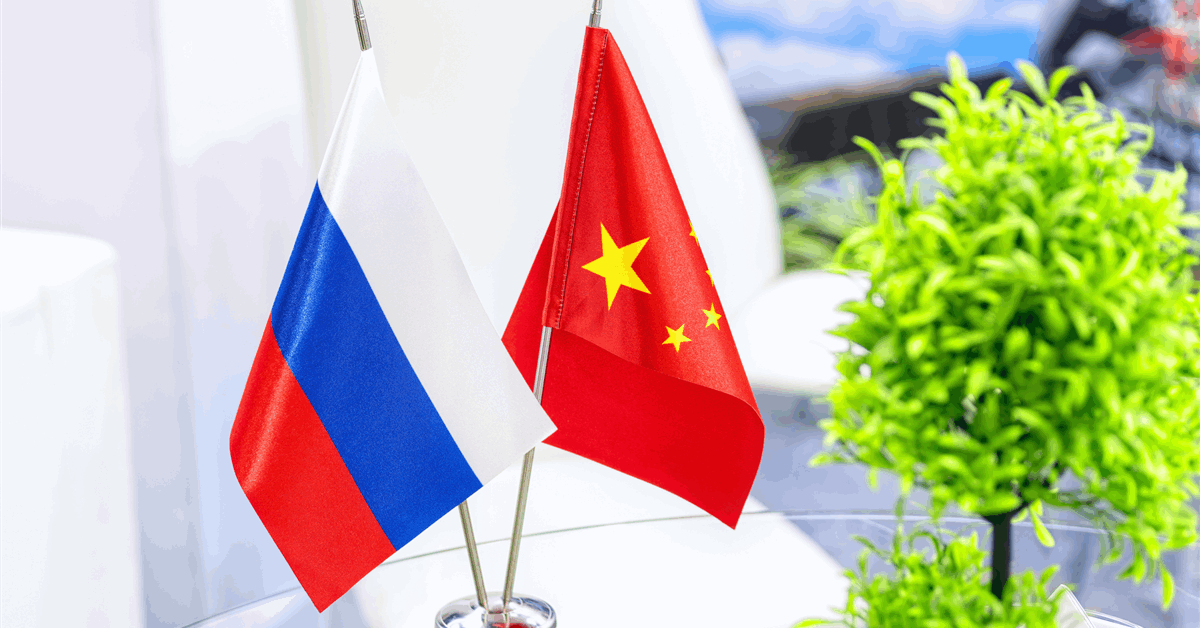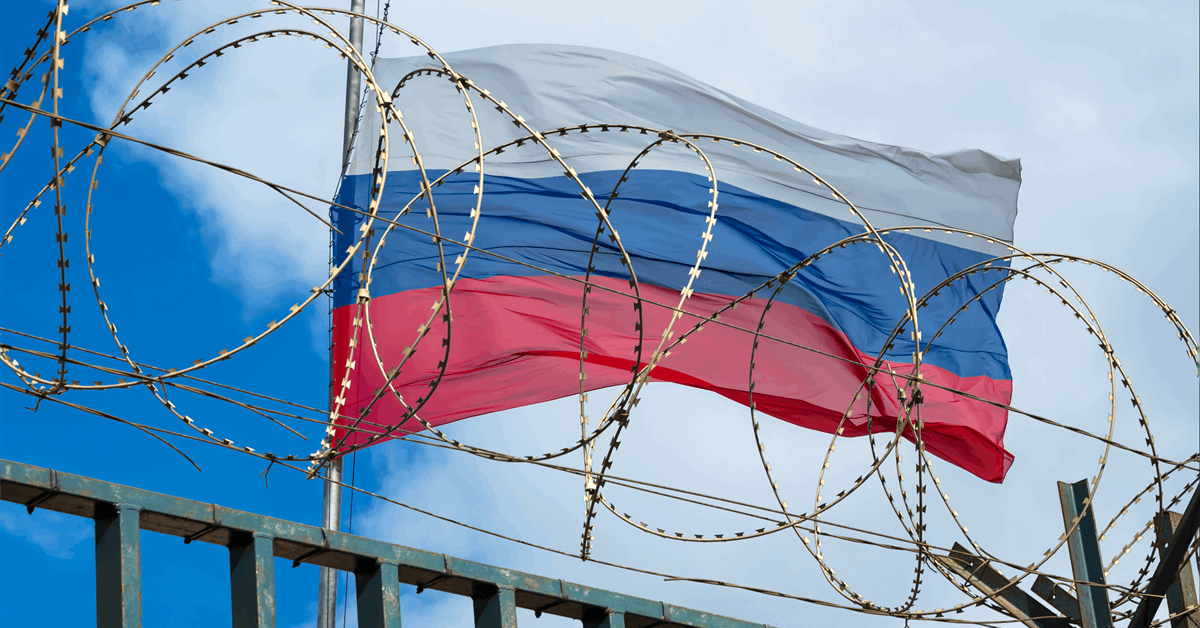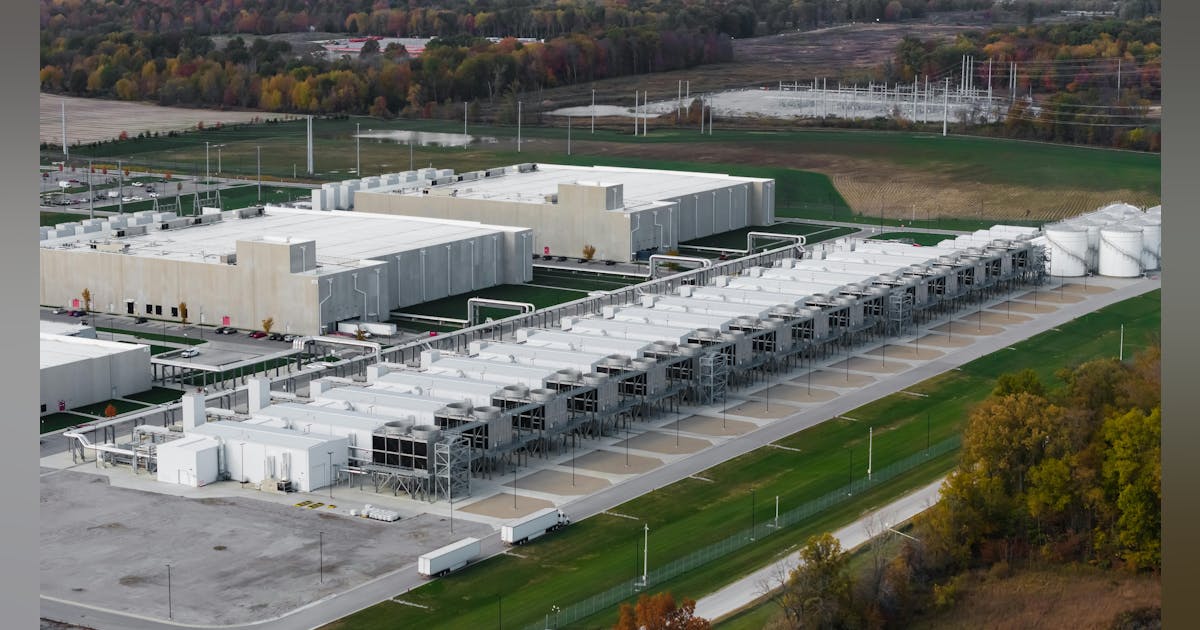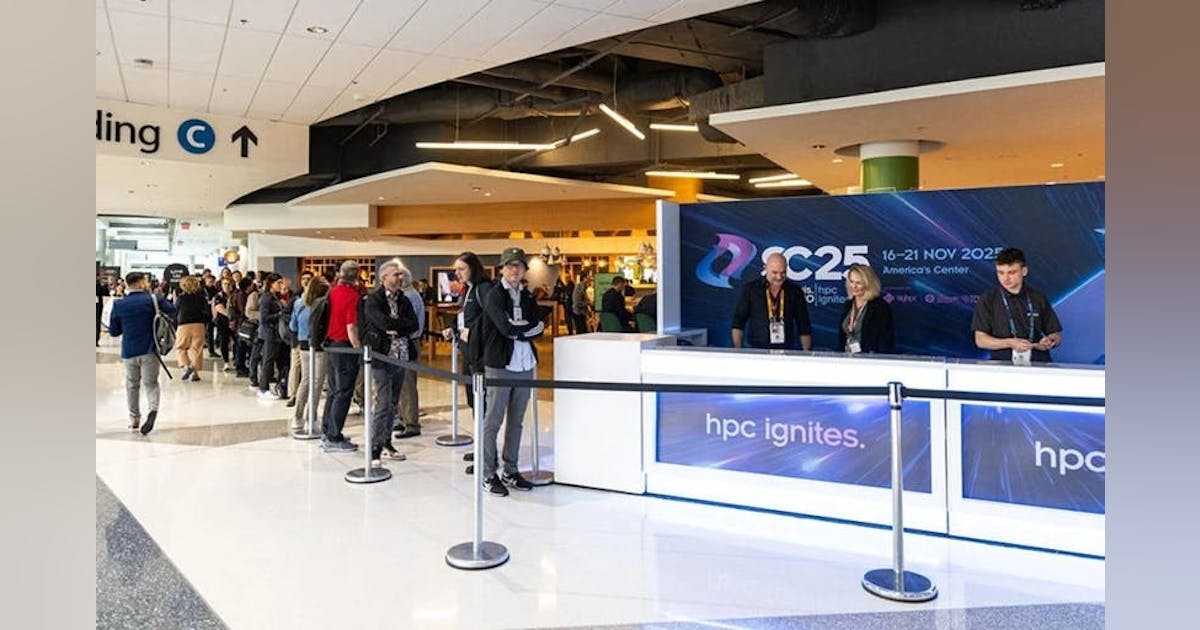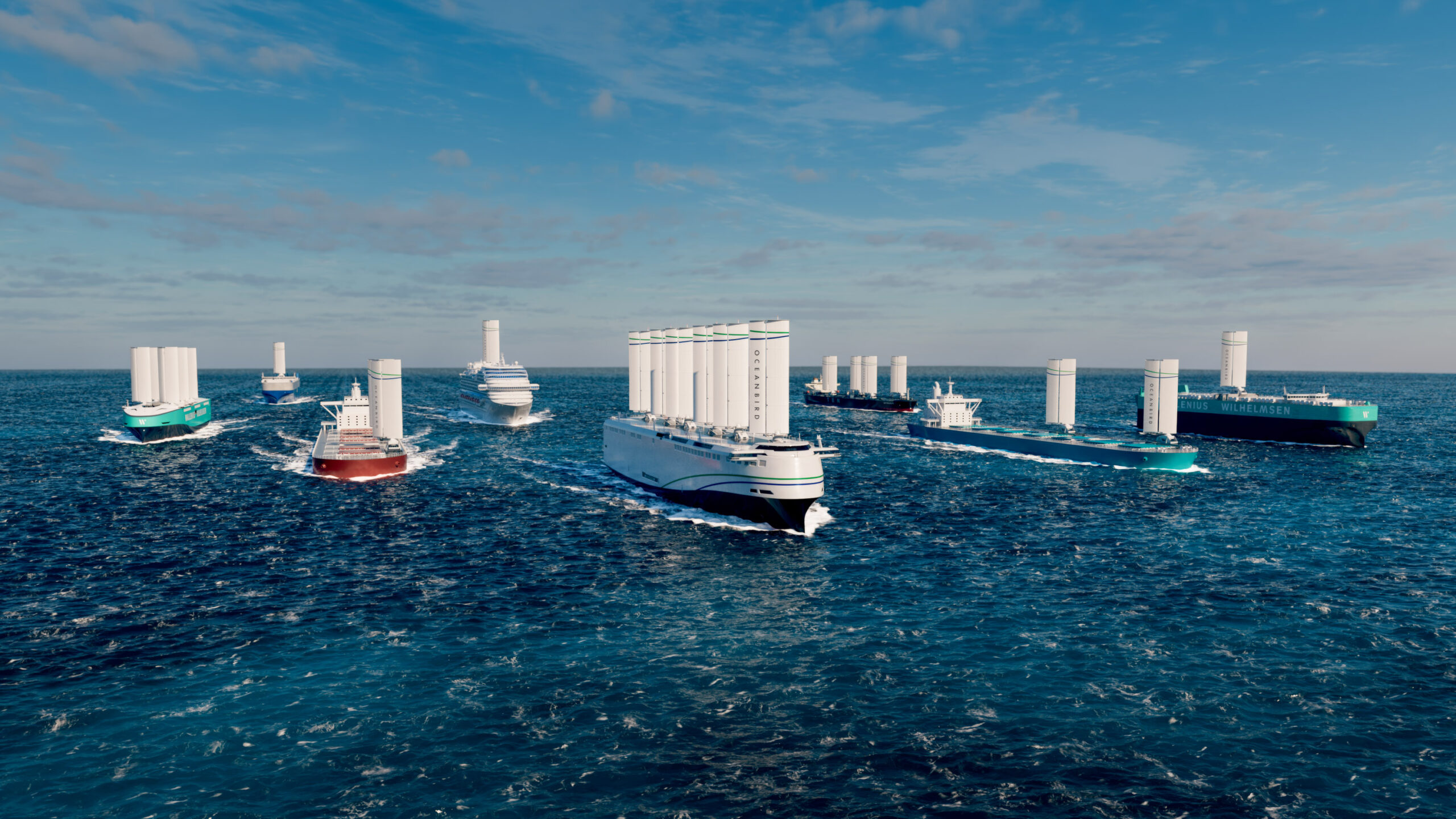The UK’s subsea sector is looking to regain stability and momentum in 2025 after several shaky years.
Speaking to Energy Voice ahead of the Subsea Expo, Global Underwater Hub (GUH) chief executive Neil Gordon points to the challenges and opportunities facing the industry.
At the start of 2024, the subsea sector needed confidence and stability. After the unpredictable energy policy of recent years and turmoil in global offshore wind markets, the subsea supply chain was wracked with uncertainty about its direction.
“This past year has seen a lot of change,” Gordon says. “That’s probably not given the clarity and stability that’s been required.”
Persistent issues with inflation have dogged, not just the UK’s subsea sector, but the global economy.
In addition, 2024 was an election year, bringing in a change of guard as Labour replaced the Conservatives as the ruling party. Despite the change, Gordon notes that “a few policy issues are still lingering on as well.
“It’s in long-term investment strategy where we haven’t seen that stability come in yet. Hopefully that’s what we’re looking for in 2025.”
The Labour government has never hidden its preference for renewables over oil and gas, extending the energy profits levy (EPL), while there are still question marks over whether it will issue new fossil fuel exploration licences.
“We know that the position of the government is to manage the decline of the oil and gas sector and to accelerate offshore wind,” Gordon says.
Renewable promise
With oil and gas serving as a traditional source of work and revenues for the subsea sector, renewables are often touted as a replacement.
“But if the government wants to reduce oil and gas production, they’ve got to open the throttle for wind. The offshore wind projects are not happening quickly enough,” Gordon notes.
“There’s a lack of confidence in funding and investment, but also approvals, consenting, grid connection – all that has taken too much time as well.
“There’s still a lot of uncertainty in those things and it will take some time for those to come through.”
On a positive note however, Allocation Round 6, which saw a record volume of offshore wind capacity awarded contracts, gave welcome momentum to the industry after the failures of AR5.
“One of the key things we’re seeing for 2025 is that the UK government put out its call for consultation for Invest 2035, which is the green paper for input towards developing the industrial strategy, which is due to be published in April,” Gordon says.
In addition to this, Gordon points out there is still momentum in the industry as the energy transition takes hold.
“On a day-to-day basis, I would say this year everyone is busy,” he says. “There’s a lot going on both here and around the world.”
While previous uncertainties and regime change in the UK stalled some projects, that could change this year.
“There are new policies coming through, and by the time we get to April we’ll also see what the outcome of the Finch review of the Scope 3 emissions is.”
This could put major offshore projects such as Rosebank back on the table and provide considerable work for companies in the subsea sector.
Subsea Expo
It is these challenges and opportunities that attendees of the upcoming Subsea Expo will be discussing.
Organised by the GUH, the event at Aberdeen’s P&J Live on 18-20 February will feature an exhibition arena with around 100 companies and multiple conference sessions.
Its theme will be ‘Deep in Transition’, reflecting the need for energy production from traditional and new renewable offshore sources, and the sustainable use of the oceans.
“Transition takes many, many years,” Gordon says. “There’s been a lot of pressure from industry on government to deliver a transition, as opposed to making a ‘switch’.
“What the government in the UK is trying to do is make a switch, as opposed to transition. That’s what we have to really understand and deliver.”
“Other parts of the world are transitioning, but they are transitioning at the pace that suits them and they’re looking after their industrial capabilities and their energy security. That’s something we’ll probably have to look at very carefully in 2025, and how we manage that transition and energy security.”
Indeed, a properly managed energy transition is vital to securing the future of the UK’s subsea industry, which is worth around £9.2 billion annually to the UK economy.
With subsea supply looking to broaden its market base and diversify into new areas, the conference programme will highlight opportunities across the underwater industry.
“A lot of the work that the GUH has been doing in recent years has been looking at where we can make our world-leading supply chain world leading in renewables, and the area is quite clear: floating offshore wind,” says Gordon.
“80% of offshore wind around the world will be floating, because of the depth of the water.
“That’s where there’s a really strong position for the UK supply chain to transfer capability. Items like subsea cable systems and interconnectors, plus mooring and anchoring systems, underwater robotics and the marshalling and installation of wind turbines.”
Much of the subsea sector’s traditional oil and gas experience can be transferred over to floating wind. The mooring and anchoring systems needed to secure floating foundations, for example, are similar to those used in floating production, storage and offloading (FPSO) vessels.
“But the challenge is going from having one FPSO in a field to up to 100 or more floating structures,” Gordon says. “And there’s a lot of technology development to look at; new ways of anchoring these systems.”
Investment
However, this pivot will require money, and with oil and gas revenues waning the subsea sector needs to diversify to secure new sources of funds.
“Historically, the investment for technology has been driven by oil and gas,” Gordon says. “Offshore wind doesn’t have the same investment to put into the supply chain.
“A lot of the GUH’s members are already saying they will invest in these new areas when the conditions are right. It’s quite a big risk to invest in new factories and big vessels and engineering teams.
“So the supply chain needs help to take the risk out of developing new technologies, because the returns on investment are quite thin.”
It falls to government to help keep the subsea sector moving during this transitional period. With instability and uncertainty still lingering, it is a delicate time for the industry.
“In an industry like offshore wind where the margins are slimmer than oil and gas, government has to step up to help.
“That’s the challenge – the UK and Scotland have to invest in the supply chain to ensure that the supply chain can invest, but make sure that the risk to return on investment is managed and reduced.”
The UK’s subsea sector expands beyond energy, covering numerous technologies, companies, applications, and – crucially – skills and jobs.
“The underwater environment is where we have all this expertise,” Gordon says. We just need to harness that and make sure there’s transition.
Gordon remains optimistic about the future of the UK’s subsea sector.
“When we look at that subsea technology capability in the UK, if the challenges are there and there’s money to be made, it will happen here.
“But we’ve got to get government to fully recognise that contribution, and we’ve got to make sure the supply chain’s voices is heard.
“We have a world-leading position,” he adds. “The UK is full of inventors, innovators, technology developers and that’s what we’re good at doing. And we’ve got to harness that.
“Let’s back that horse where we’ve got bags and bags of capability and enthusiasm. Let’s make sure we support that.”
Recommended for you

Hard words and delay put Mingyang investment in UK at risk


